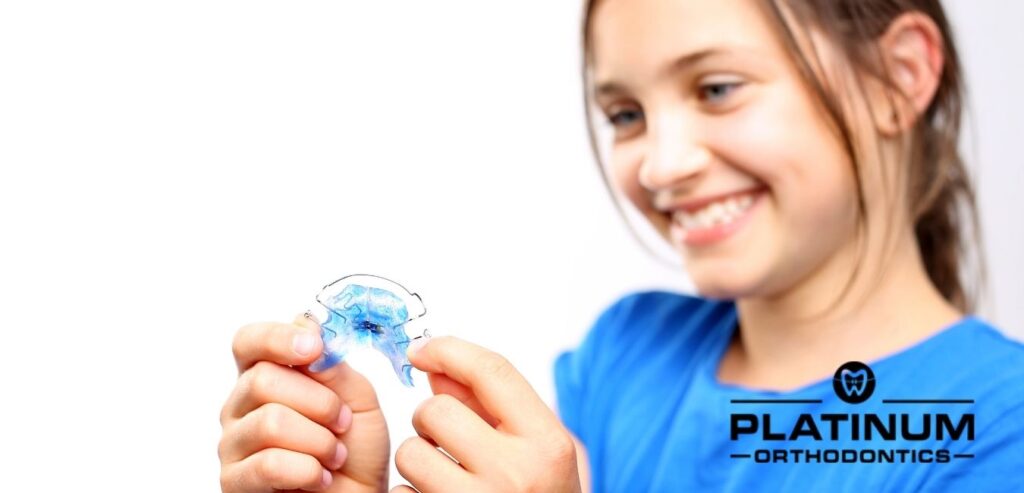As per a recent report, the dental industry is expected to be worth $25 billion by 2021. The specialty of orthodontics is one of the fastest-growing in the dental field. For this reason, it is important to have an understanding of the services that an orthodontist offers.
What are orthodontic services?
Orthodontic service is the practice of straightening, bracing, and maintaining teeth so they are properly aligned. Orthodontics may involve direct treatment or simple applications by using braces that restrict the movement of growth or other appliances like a rubber retainer to maintain position.
Orthodontic services would include braces and some other methods. This can include the rebuilding or adjusting of a structure for teeth placing wires, using a crown on teeth, aligning bite to fit braces that change the bite, and other methods.

How do I know if I need braces?
If you have a crooked or misaligned bite, a weak jawbone that cannot hold proper tooth position, and crowding of your teeth problems to estimate this.
If you were under the age of 6 at a very young age, it’s most likely possible. Usually by your mid-20s if not sooner or later in life. However, if children are growing rapidly and seem to be over-growing their teeth (so much so that they push out other bones), then braces would probably need to be made especially for those with malocclusion problems.
How do I find dental insurance that covers braces?
You can get dental coverage for braces by using our website for your insurance company and form a question about: “Start Orthodontic Treatment” or utilizing an orthodontist in your area. An insurer might ask you if you suspect as well whether it’s necessary that treatment is carried out at this time.
How do I choose the right dental plan for orthodontic care?
In an increasingly competitive marketplace, it is important to find the right dental plan for you. As with any healthcare or insurance product, there are many things to consider when selecting a dental plan. This article explores some of the top questions that will help you choose the right dental plan for your orthodontic needs.
FAQs
What are Type A (Basic) dental services?
which include oral examinations, prophylaxis, diagnostic evaluations, sealants, and x-rays.
What are Type B (Intermediate) dental services?
Type B dental services are commonly referred to as cosmetic dentistry, which means that they focus on improving the appearance of your teeth rather than the function.
What are Type C (Major) dental services?
which include endodontic services such as root canals, periodontal services such as gingivectomy, major restorative services such as crowns, oral surgery, bridges, and prosthodontic services such as complete dentures.
What are Type D (Orthodontic) Services?
Type D (Orthodontic) services are the ones that are designed to treat problems with the teeth and jaw joints. These include: Crowding, misalignment, crowding, malocclusion, maxillary hypoplasia, and mandibular hypoplasia. It is an intricate process that takes a lot of work and involves different techniques.
Moreover, you need to be a qualified orthodontist in order to treat patients with these problems.
How can I get my child into a class D orthodontic services?
First, you should consider taking your child to the orthodontist’s office for a consultation. The dentist will determine if they are a good candidate for braces or if they would benefit more from Invisalign.
If the dentist agrees that braces are appropriate, then you can find an orthodontist center near you that offers an orthodontic program and ask them about scheduling an appointment with one of their doctors who specializes in orthodontics.
Lastly, some states require all children to be examined by a licensed physician before receiving braces. This is called “screening” and it is typically done at age 12-13 years old but may vary depending on state law.
Conclusion
Type D Orthodontic services are used to correct the misalignment of teeth, usually because of problems with tooth development or crowding. They may also be used to correct other problems such as a crossbite, under bite or over bite. The treatment involves moving teeth into their correct positions and stabilizing them in this position. It is important that you understand what your options are before you decide on which type of orthodontic treatment you would like to undergo.
